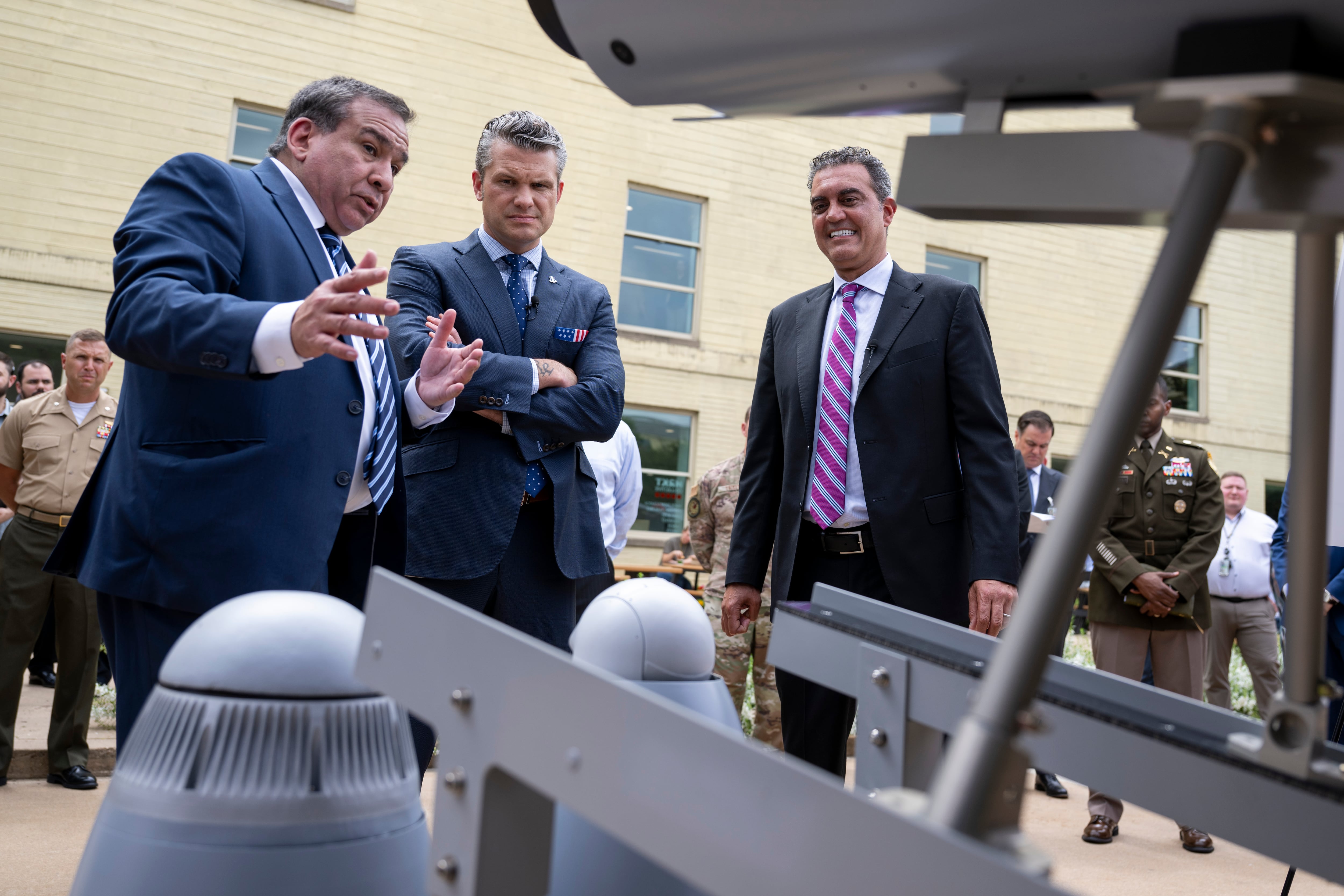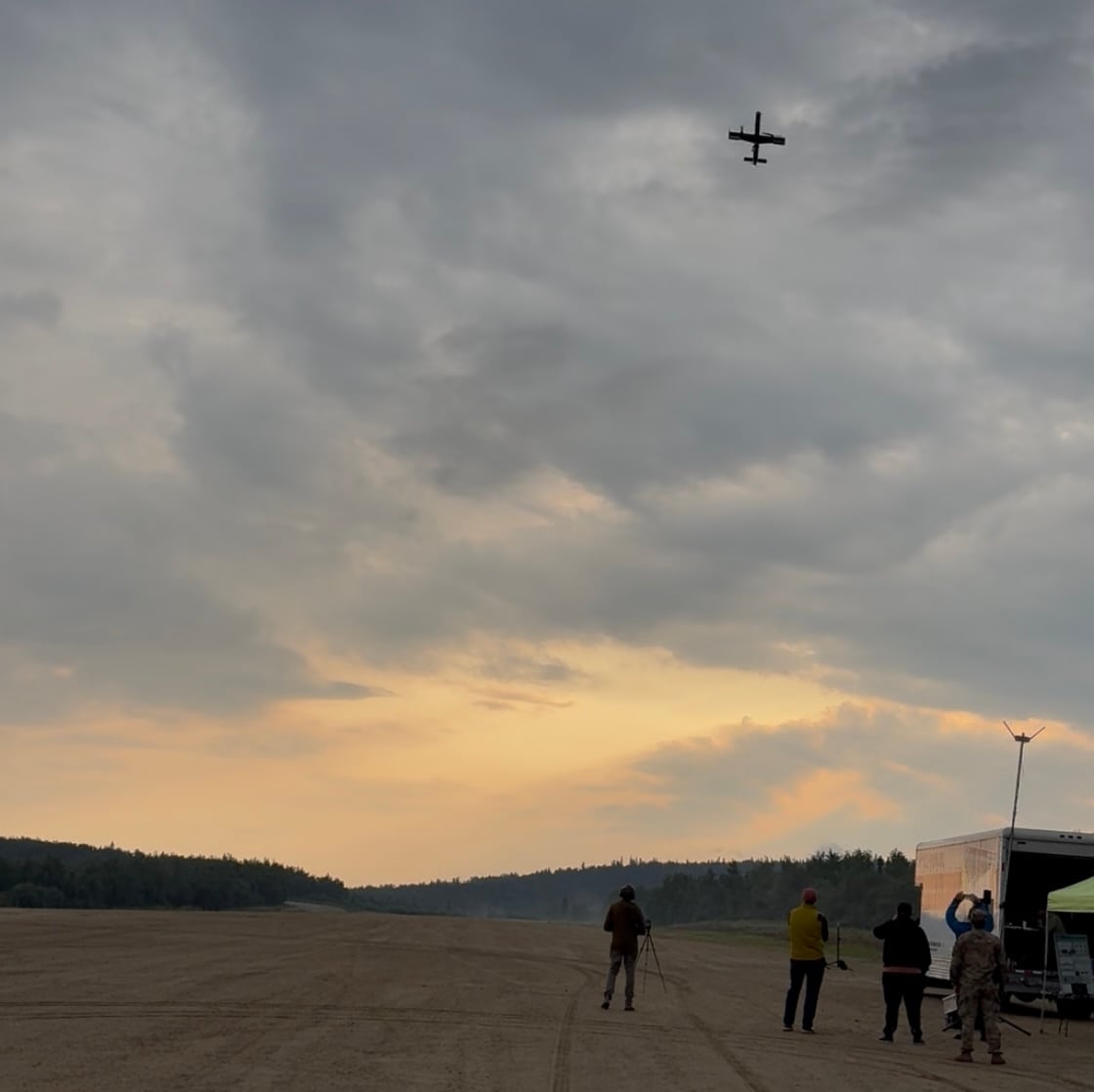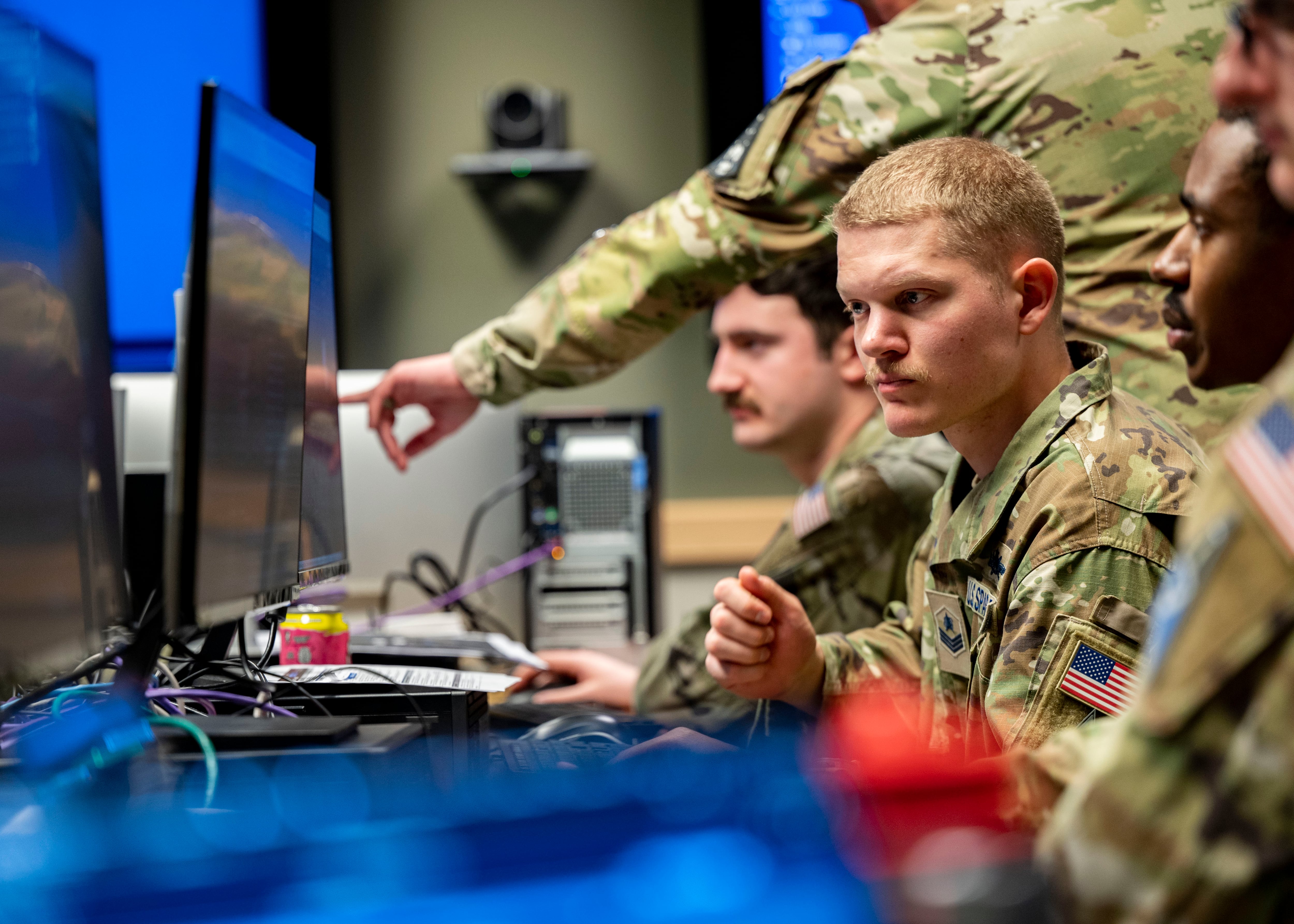Intelligence agencies and the organizations that work with them face a growing problem in making sense of a data deluge, including turning volumes of multi-faceted data into visually understandable and actionable intelligence. Standards, interoperability and partnerships with industry are all ingredients in the needed solutions, say top leaders.
It's a problem being combated in some corners through the establishment of frameworks that provide standards and guidance for data-sharing. For example, one such effort is under way at the Information Sharing Environment, an intelligence community-led effort to link organizations including federal agencies, law enforcement, state and local governments, critical infrastructure operators and other groups.
"Big data is no more special or different for this community than it is for any other potential use. It faces a lot of the same challenges – do people actually have the right architecture, do they actually have the data sciences and the skills to process, do they have the training and the workforce enabled to take advantage of big data?" Michael Howell, ISE deputy program manager, said June 24 at the GEOINT 2015 Symposium in Washington.
Dubbed Project Interoperability, ISE's effort centers on discovering, building and extending interoperable services through capabilities such as aligned architectures, data aggregation, and sharing of information such as data, patterns and attributes.
"Because of the fracturing and fragmentation the one extra challenge the ISE has is, if you think about each member organization having their own big data, how do you bring the interoperability between their clouds into this environment?" Howell said. "The only way we know how to cope with that is through standards-based exchanges. Whatever comes from your cloud down to mine has to be standards-compliant so that it's machine-ingestible and we minimize the amount of human intervention and re-processing of data to make it useful."
At the IC's higher levels, big data visualization is proving to be a linchpin in intelligence operations, according to NSA Director Adm. Mike Rogers.
According to Rogers, how intelligence operators harness large data sets is crucial to representation and visualization, making sense of disparate data points. For example, exploiting big data has allowed sailors aboard ships to view on screens the locations of enemies and friendly forces, different topographies and other layers of data, Rogers said at the event.
Partnerships with industry will become even more critical in this area, Rogers noted.
"What I've told the team is, can we start looking at how we partner with the private sector about how we visualize our work?" Rogers said.








